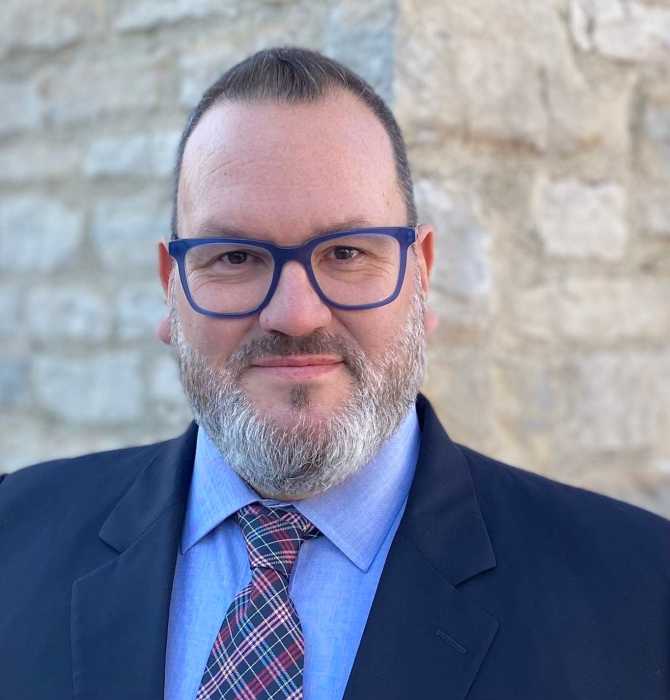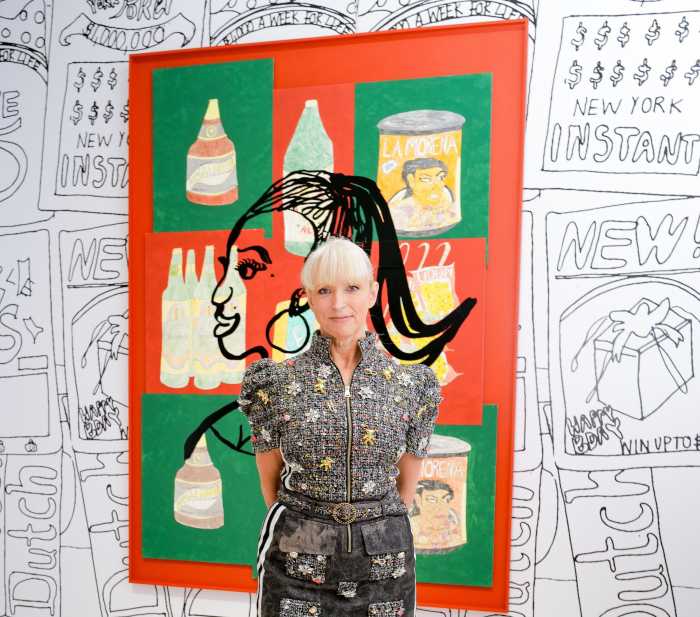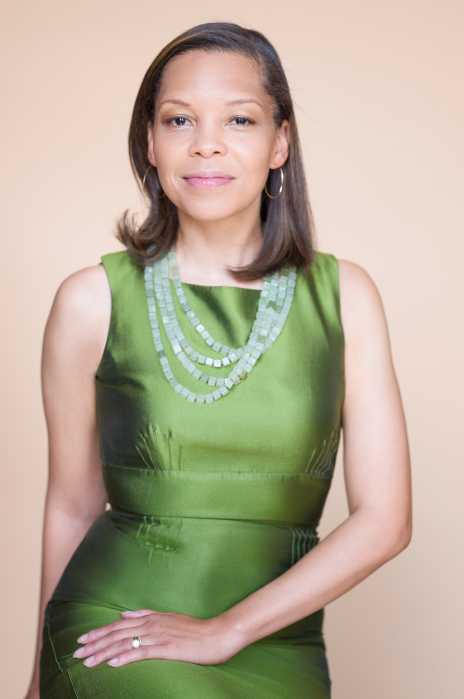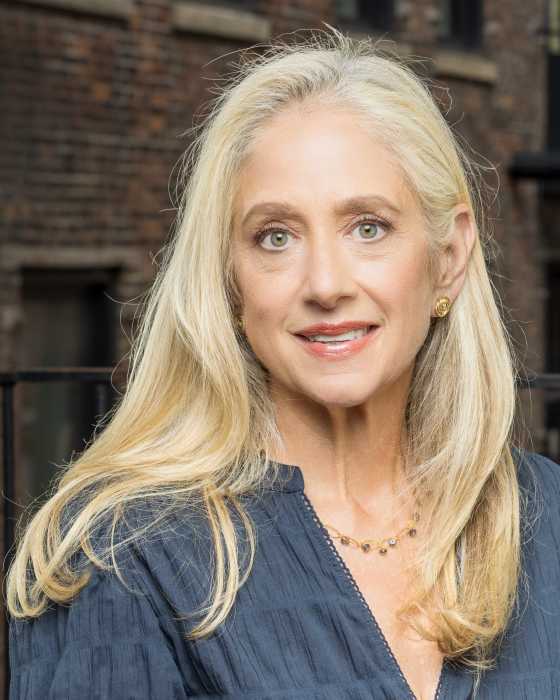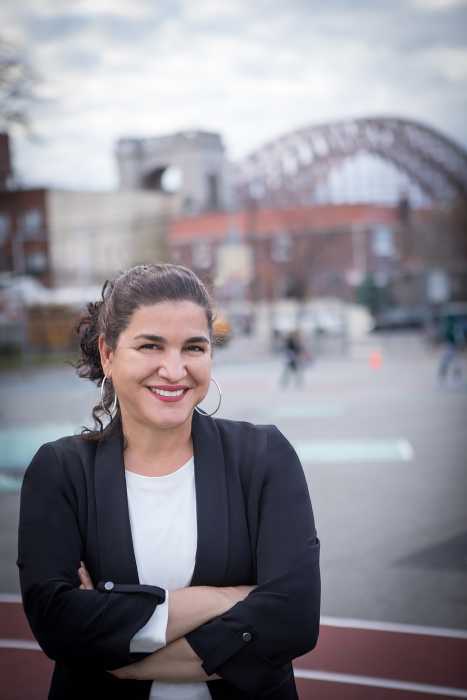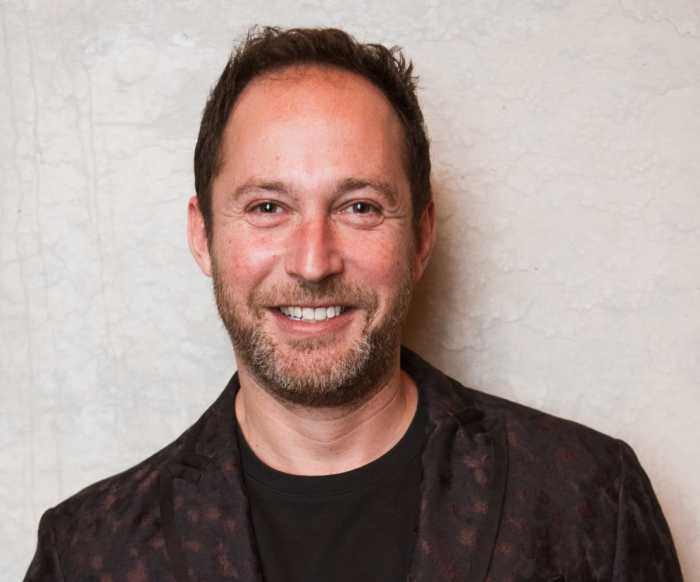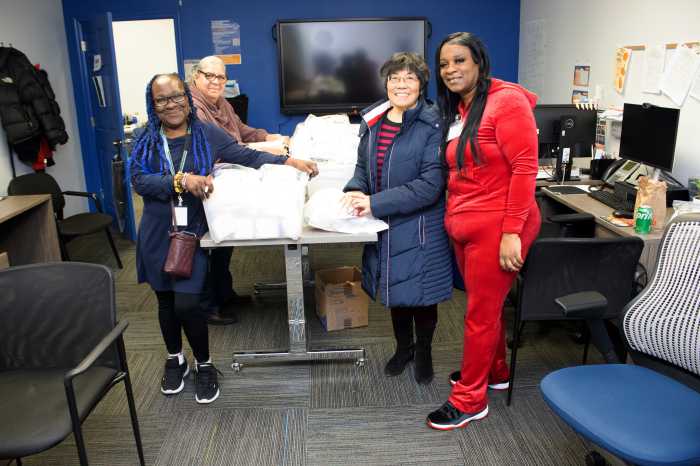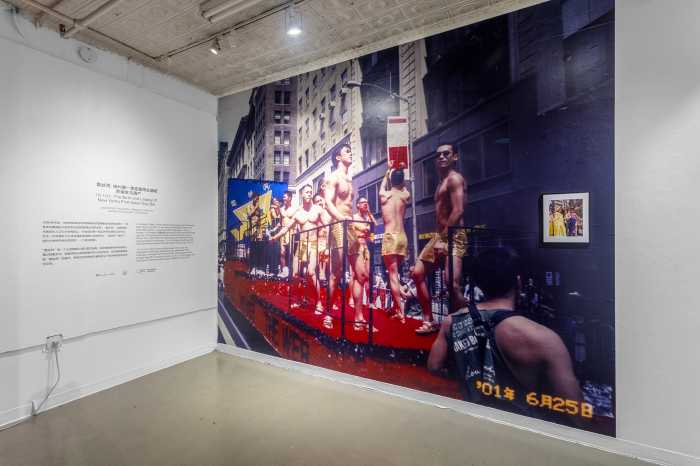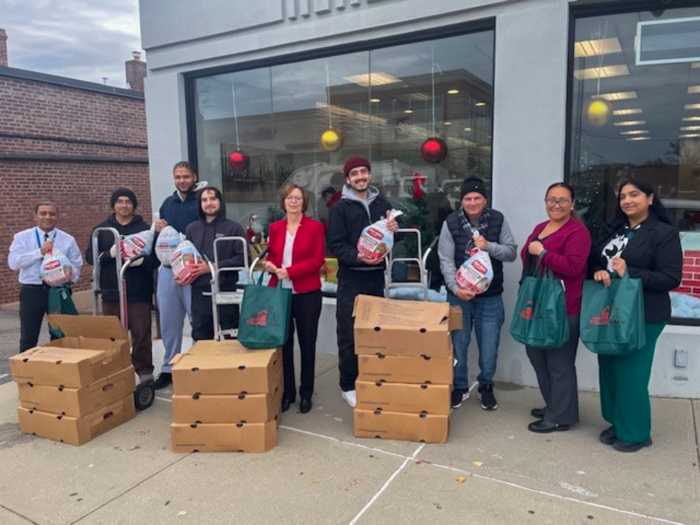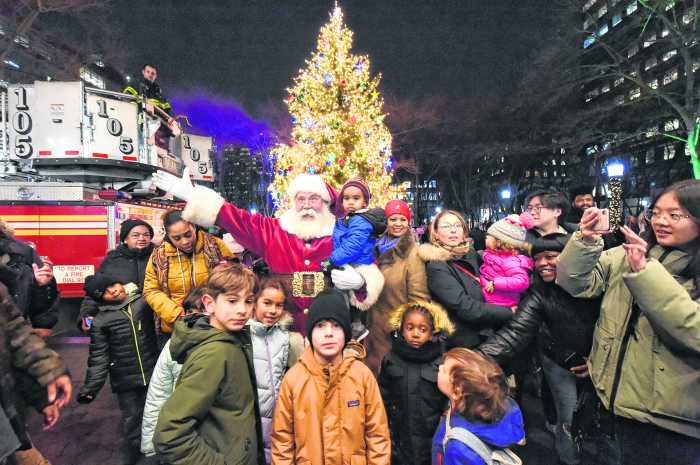Ben Garcia (he/him) has worked for 20 years to help museums become places of welcome and belonging for all people. He started as a gallery guide and educator, moved on to exhibition development, and then served in middle- and upper-management administrative roles, before joining the American LGBTQ+ Museum as executive director. He presents and publishes regularly on creating structural equity in museums through transparency, accountability, fair labor practices, and by adding missing voices and perspectives.
If you could attend any event, show, or exhibit in the city this month, what would it be and why?
I am looking forward to visiting both the “ficciones patógenas” exhibition at the Leslie Lohman Museum of Art in Soho and the Marlene McCarty and Donald Moffett exhibition at the Alice Austin House on Staten Island. Alyssa Nitchun (executive director at Leslie Lohman), Victoria Monroe (executive director at Alice Austin), and their incredible teams have transformed both museums into essential centers for queer cultural production.
How can policymakers and everyday New Yorkers support arts and culture within the city?
Cultural and arts organizations provide enormous public value and New York City recognizes this by being a leader in arts and culture funding. All New Yorkers can support arts and culture by showing up for performances and exhibitions. And by joining their favorite organizations as members. However, philanthropy and earned revenue will never cover the costs of running our organizations. So policymakers need to continue to push for greater public funding for our sector.
New York has historically been considered the culture capital of the world. How do you feel the city upholds this legacy in 2025?
Culture isn’t one thing – it is a river fed by millions of different tributaries. New York City is the nation’s cultural capital because of a thousand traditions that comingle and coexist from Indigenous, settler, enslaved, refugee, and immigrant sources. We uphold this legacy in 2025 by embracing the fluid beauty and power of our many cultural headwaters.


